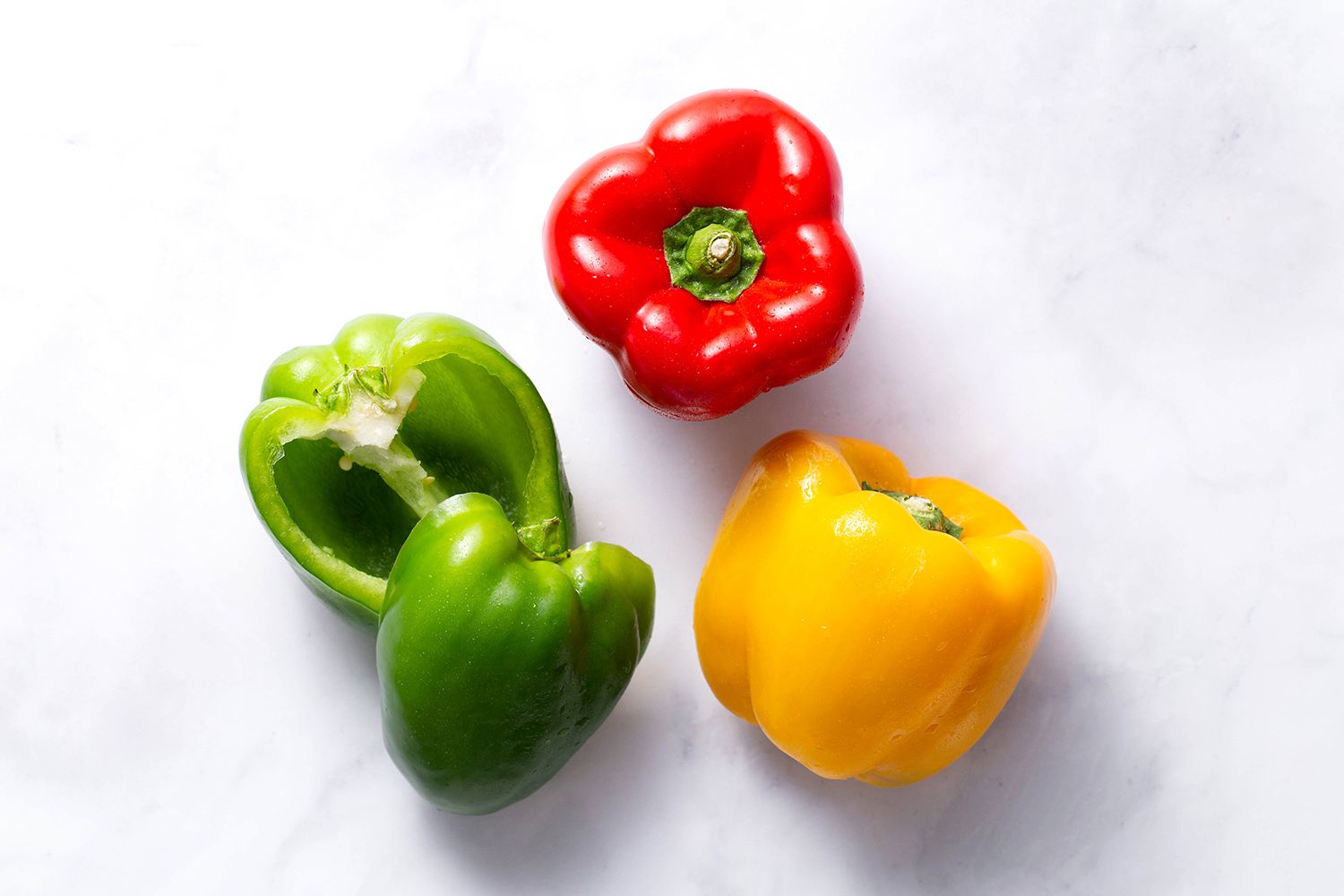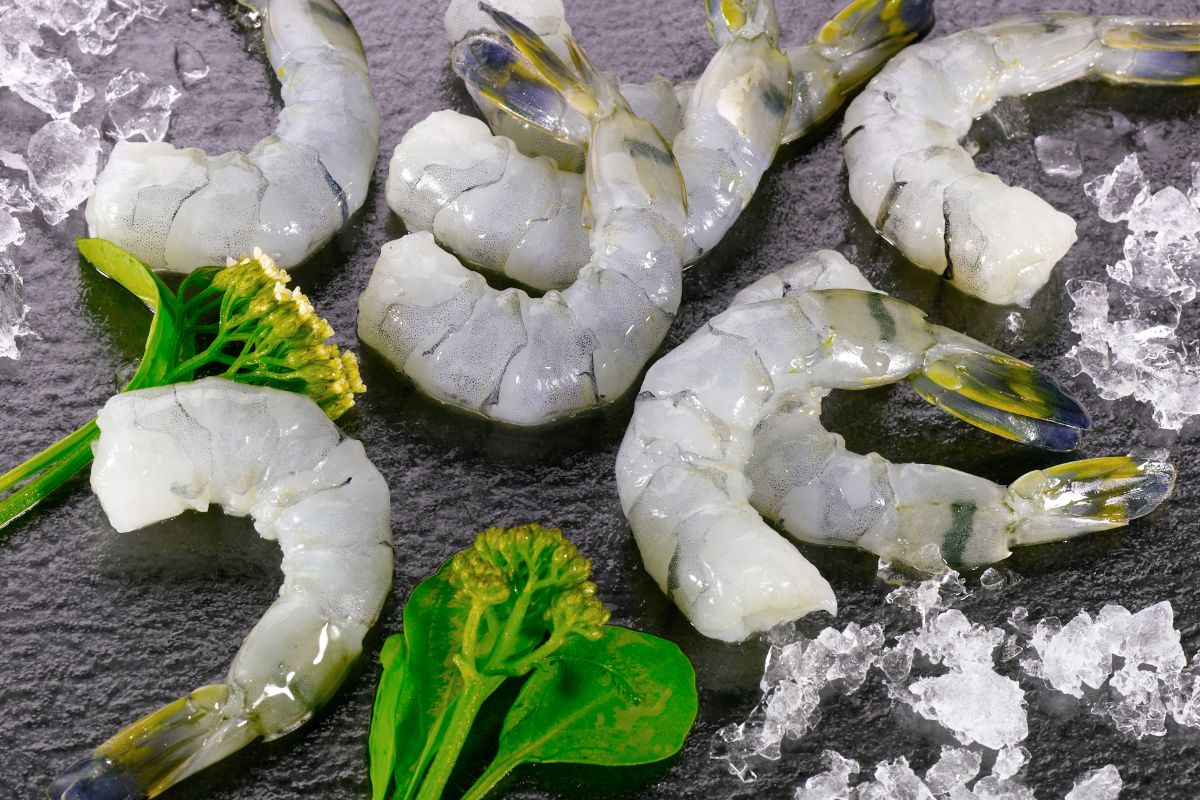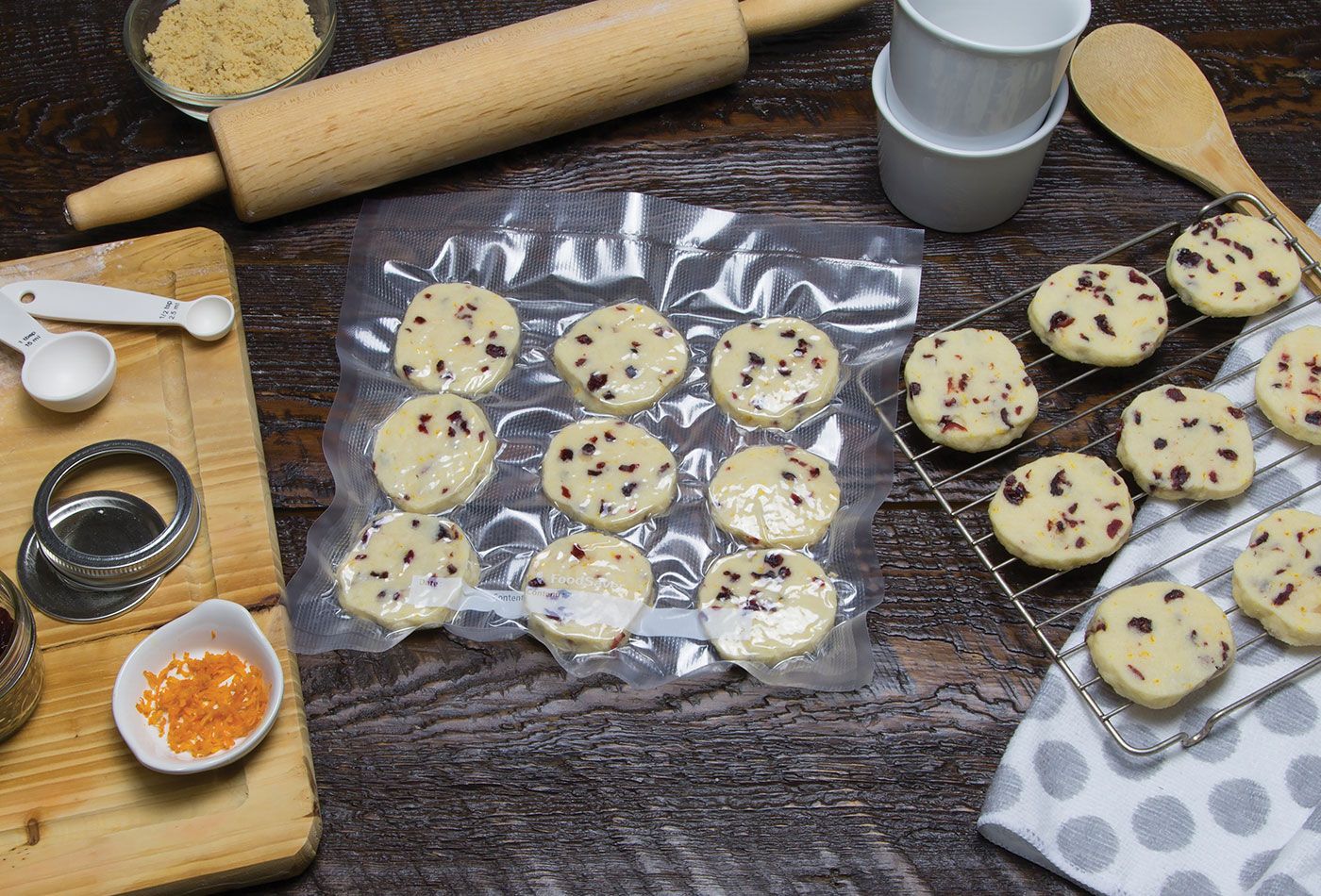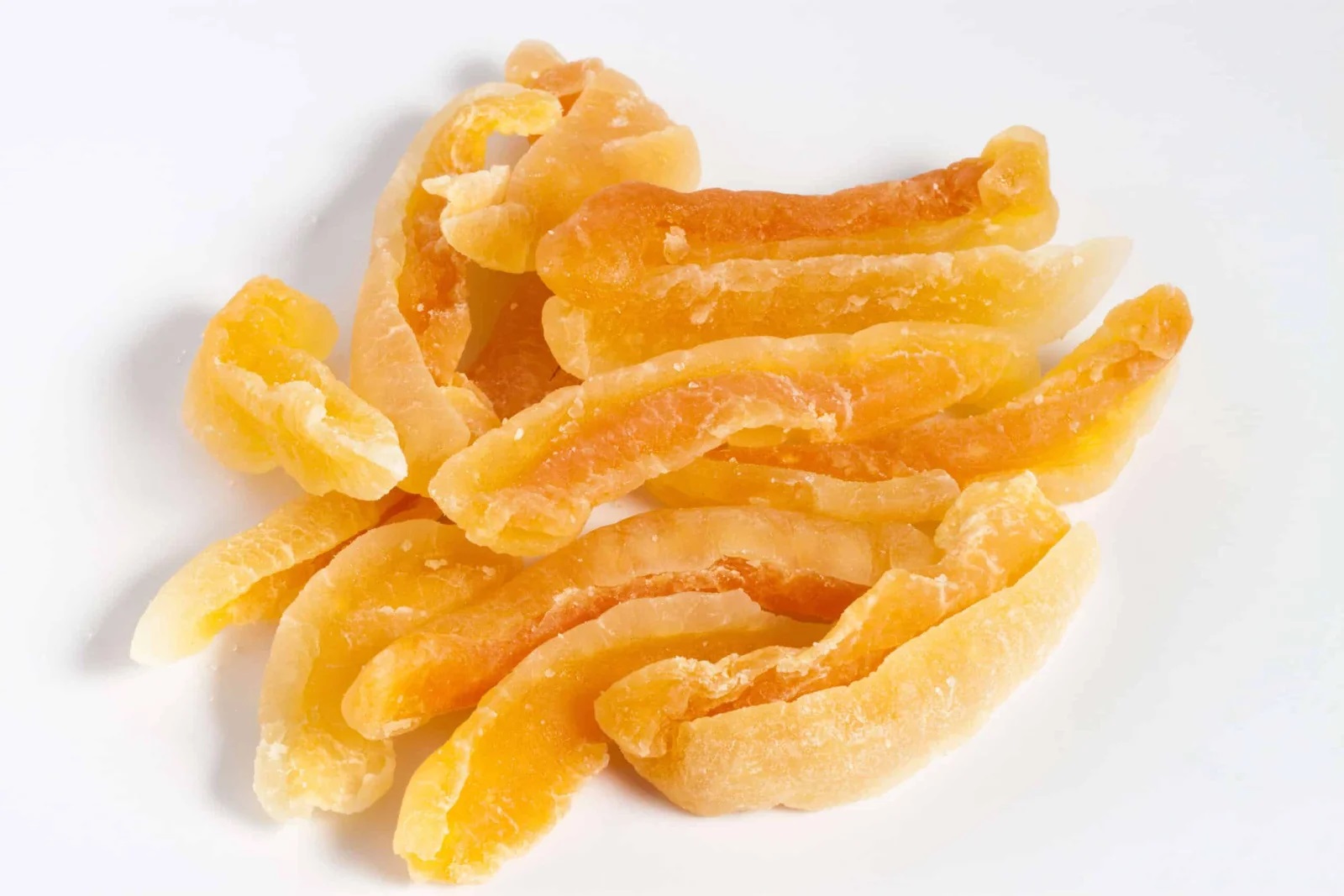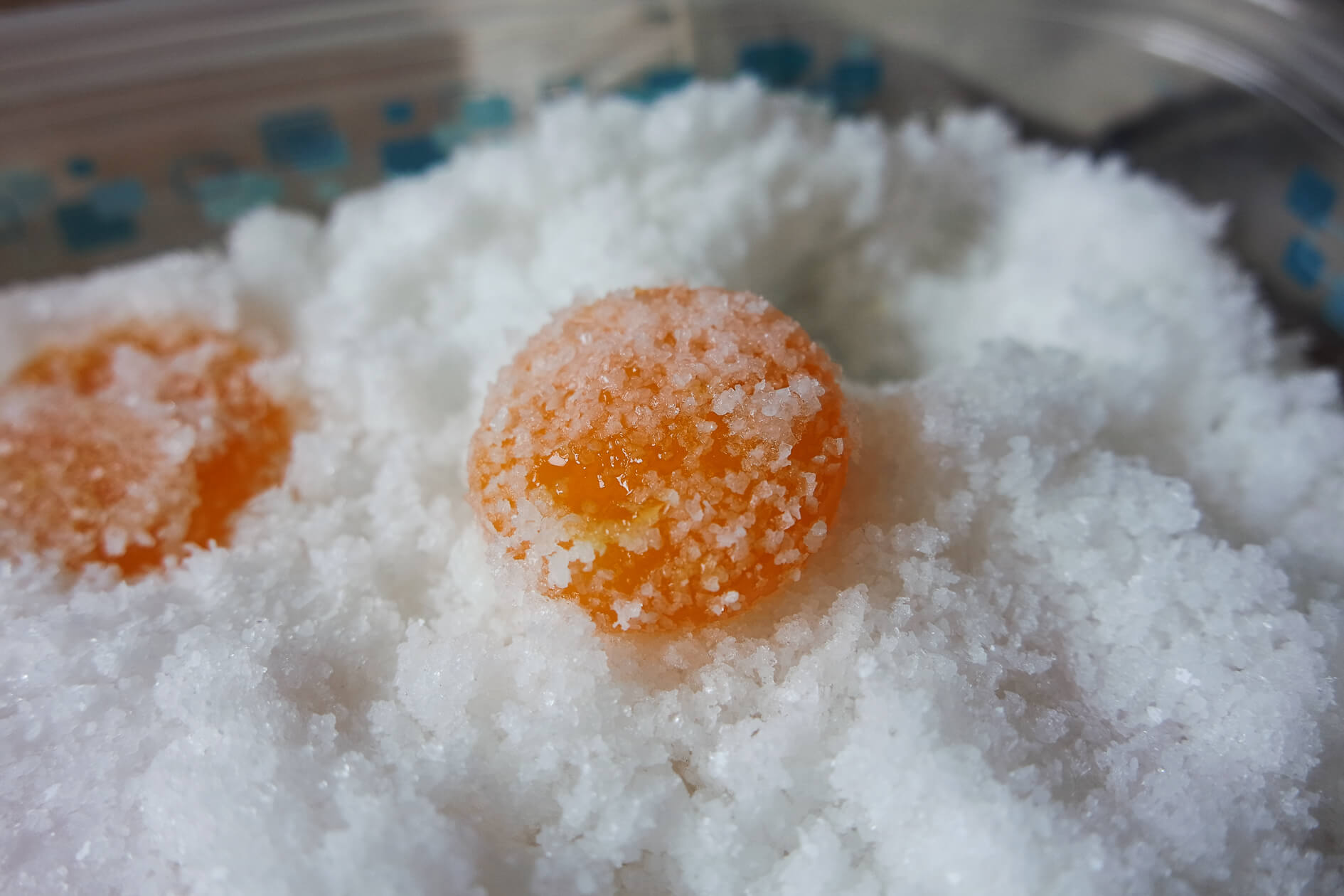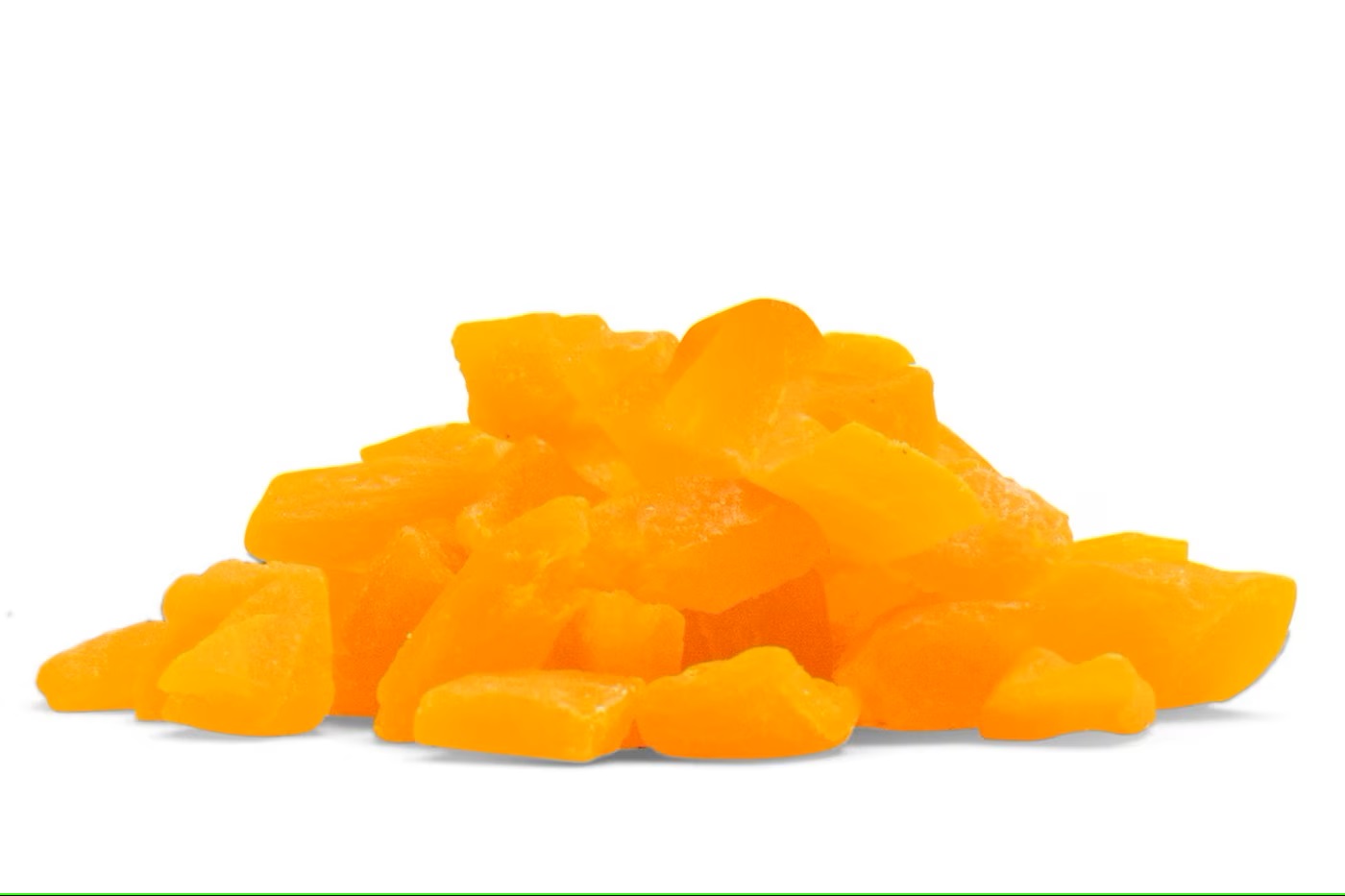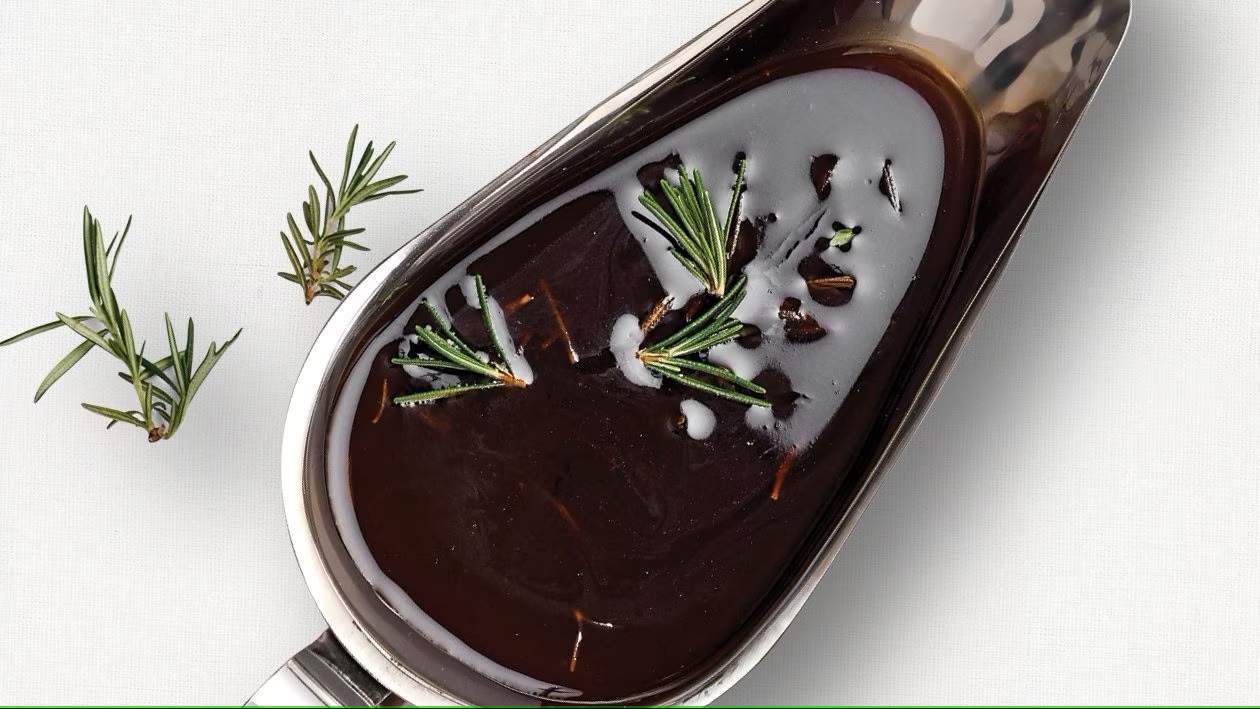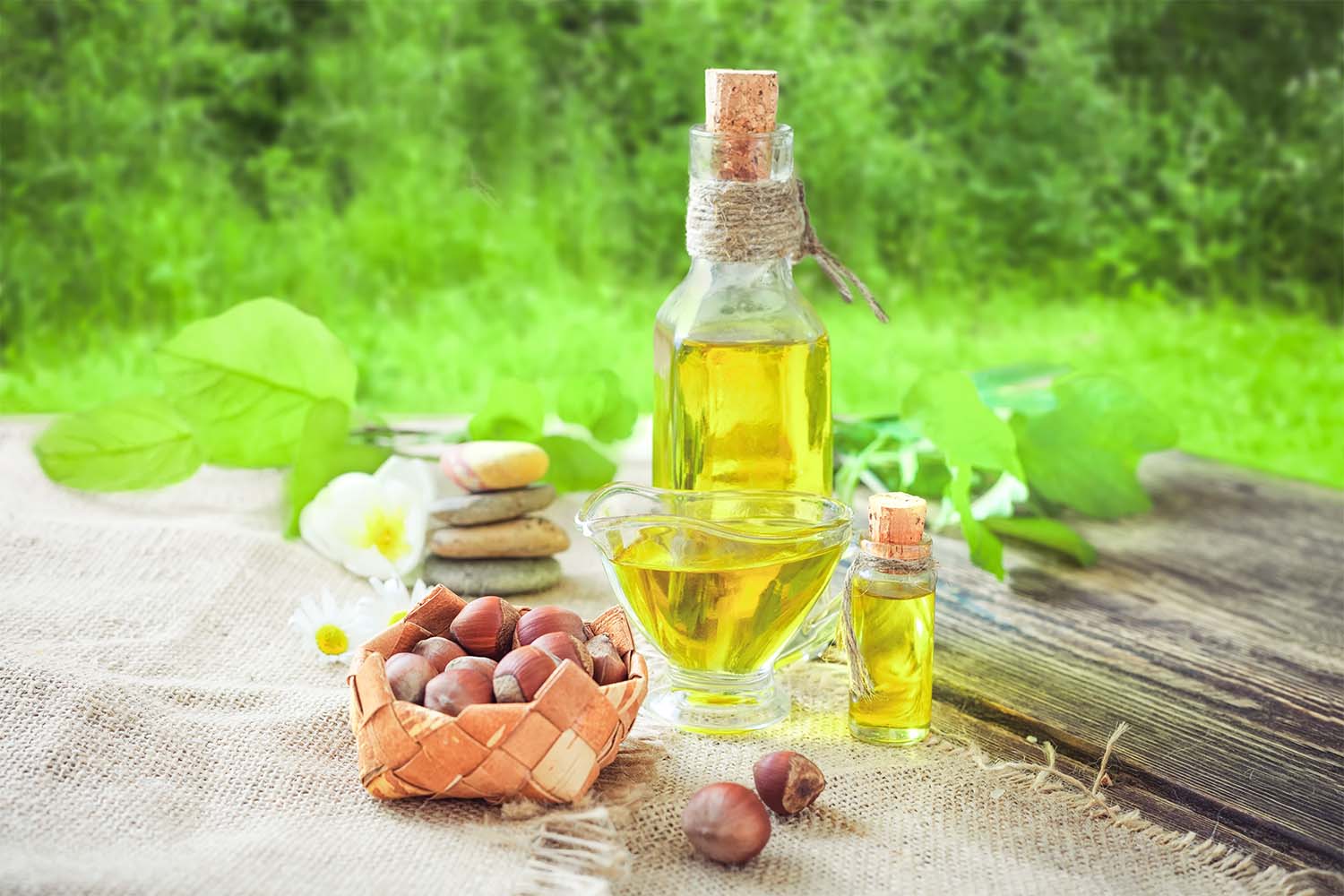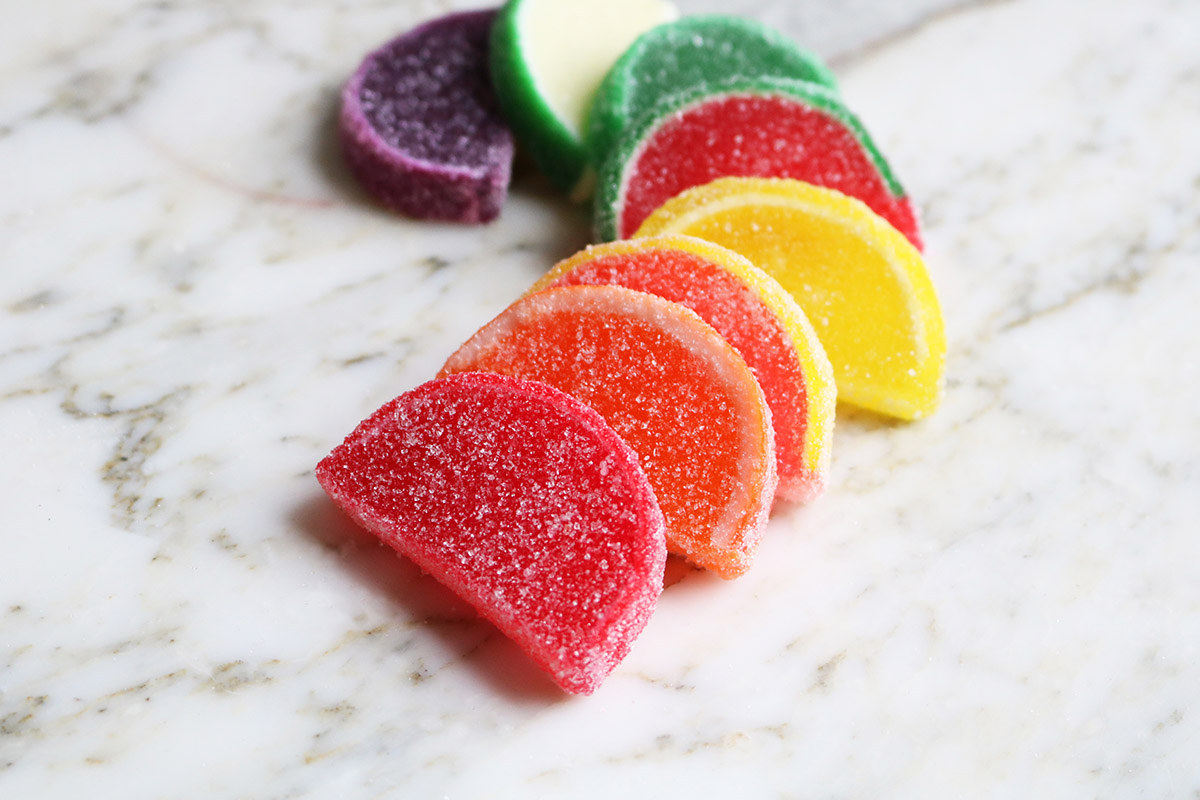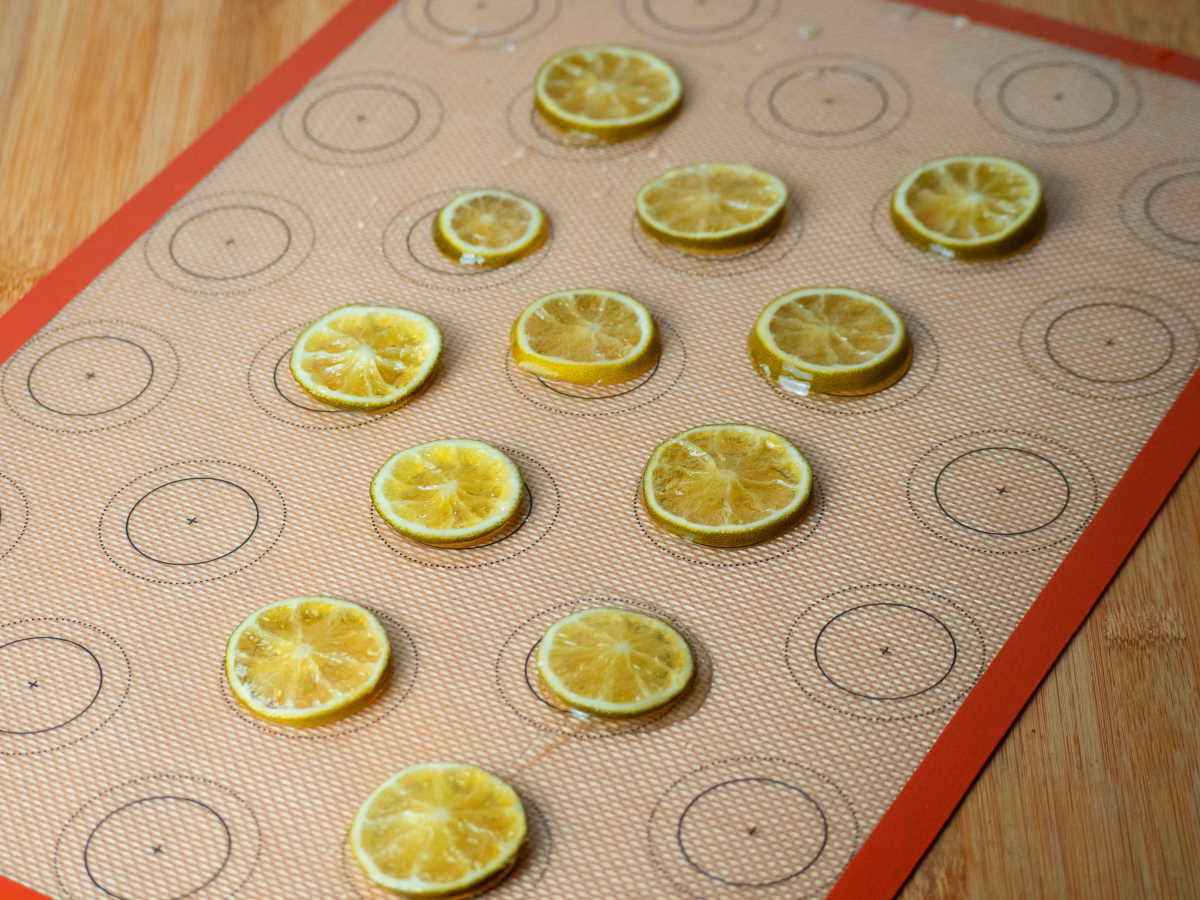Preserving the Freshness of Your Flour with Vacuum Sealing
Flour is a staple ingredient in many kitchens, used for baking, cooking, and thickening sauces. However, keeping flour fresh and free from pests can be a challenge. One effective way to preserve the freshness of your flour is by vacuum sealing it. Vacuum sealing removes air from the packaging, preventing spoilage and extending the shelf life of the flour. In this guide, we will walk you through the process of vacuum sealing flour to ensure that it stays fresh for an extended period.
What You’ll Need
Before you begin the vacuum sealing process, make sure you have the following items on hand:
- A vacuum sealer machine
- Vacuum seal bags or canisters
- Flour to be sealed
- Marker for labeling
Steps for Vacuum Sealing Flour
Follow these simple steps to vacuum seal your flour:
- Prepare the Flour: Before sealing, ensure that the flour is completely dry. Moisture can lead to spoilage, so it’s important to seal dry flour.
- Fill the Bag or Canister: Place the desired amount of flour into a vacuum seal bag or canister. Be sure not to overfill the bag, as this can prevent a proper seal.
- Seal the Bag: Once the flour is in the bag, carefully place the open end into the vacuum sealer machine. Follow the instructions for your specific machine to create a tight seal.
- Label the Package: Use a marker to label the sealed bag with the date of sealing. This will help you keep track of the flour’s freshness.
Additional Tips for Vacuum Sealing Flour
Here are some additional tips to keep in mind when vacuum sealing flour:
- Use Quality Bags: Invest in high-quality vacuum seal bags to ensure a proper seal and maximum freshness.
- Avoid Sucking Up Flour: When using a vacuum sealer, be cautious not to suck up the flour into the machine, as this can damage the equipment.
- Store in a Cool, Dry Place: Once sealed, store the flour in a cool, dry place away from direct sunlight. This will further extend its shelf life.
- Monitor for Leaks: Periodically check the sealed bags for any signs of leaks or damage. Repackage the flour if necessary to maintain freshness.
The Benefits of Vacuum Sealing Flour
Vacuum sealing flour offers several benefits, including:
- Extended Shelf Life: By removing air and moisture, vacuum sealing helps to extend the shelf life of flour, keeping it fresh for longer periods.
- Prevention of Pests: Sealing flour in airtight bags or canisters helps to prevent pests such as weevils and moths from contaminating the flour.
- Space-Saving: Vacuum sealing reduces the amount of space needed for storing flour, making it easier to organize your pantry or storage area.
In Conclusion
Vacuum sealing flour is a simple and effective way to preserve its freshness and extend its shelf life. By following the steps outlined in this guide and keeping a few key tips in mind, you can ensure that your flour remains in top condition for all your baking and cooking needs. With the right equipment and proper storage, you can enjoy the benefits of freshly sealed flour for an extended period.
Was this page helpful?
Read Next: How To Vacuum Seal Fresh Raspberries
